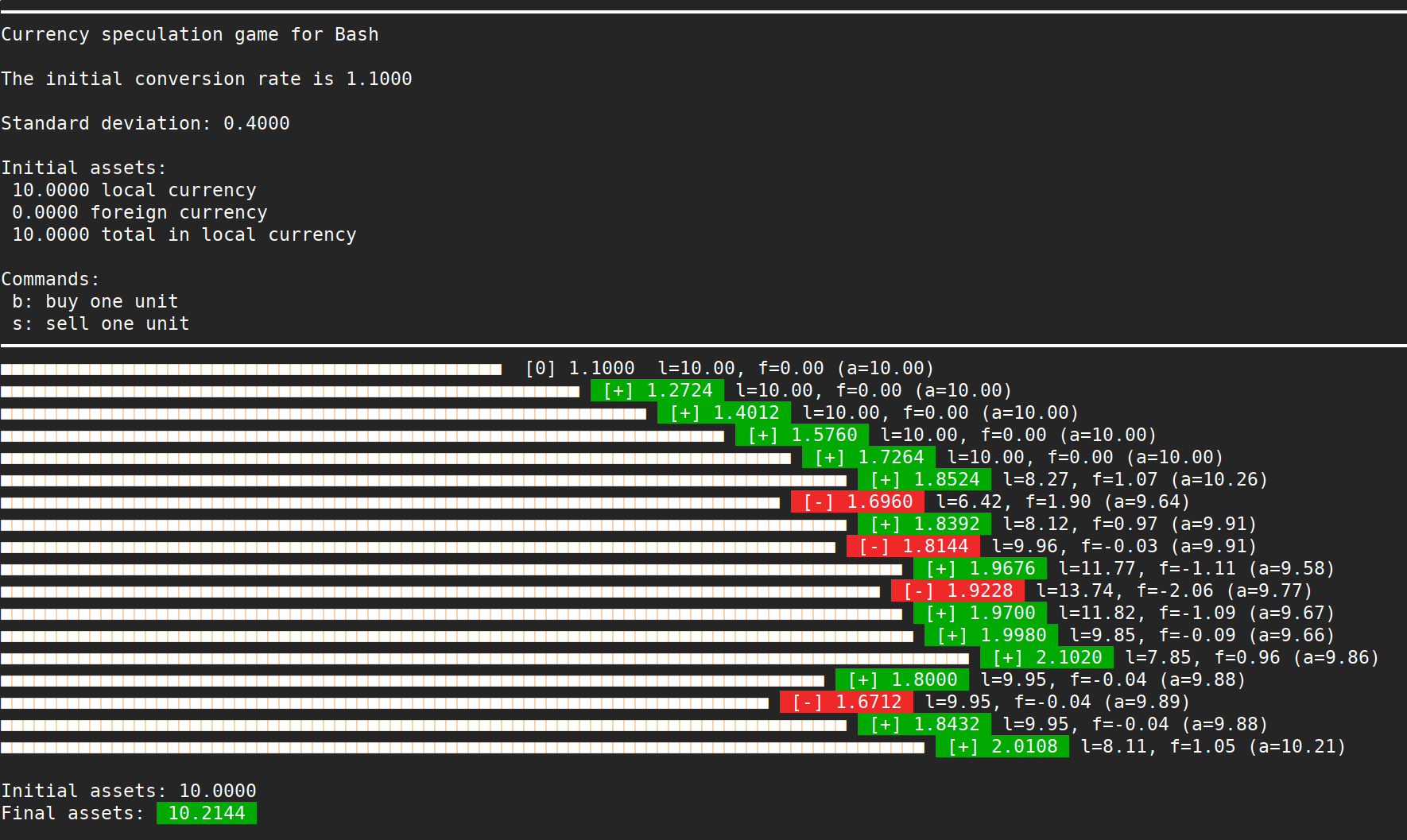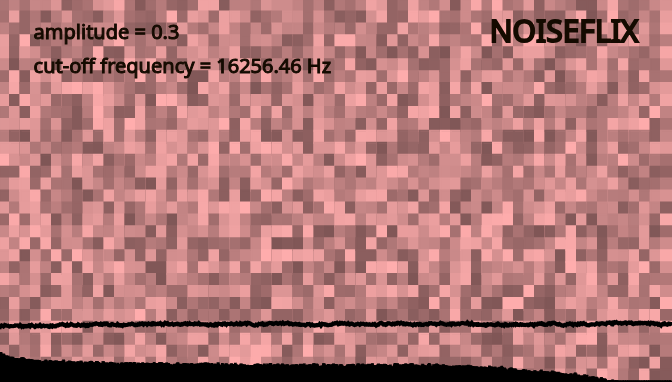A few lines of code
Poroelastic material characterisation in impedance tubes
This project provides a method for the estimation of the properties of porous materials from an acoustic measurement in an impedance tube, written in GNU Octave. The characterisation of the material is performed by solving an inverse problem consisting in finding the set of material property values that best fit the experimental data. The method consists of two steps: First, a deterministic optimisation routine provides a feasible initial solution. Secondly, a Markov chain Monte Carlo routine provides a refined solution and an estimate of the uncertainty of the parameter values.
Poroelastic material characterisation in impedance tubes (mini)
This project is a minimal working version of the above methodology. Here, the uncertainty estimation procedure consists of recycling the optimiser search history instead of the more robust Markov chain Monte Carlo approach.
A web framework for listening tests
A rudimentary web framework for performing psychoacoustic listening tests. A demo is available here.
NOISEFLIX for p5js
An interactive noise generator, from red to white noise.
NOISEFLIX
Watch unlimited noise for free!
COVID-19 data visualisation
A simple python script for representing COVID-19 data in various ways, based on requests to https://api.covid19api.com.
Project page: https://gitlab.com/jcuenca/covid-19-visualisation

Minimalistic Bash games
[link to gitlab coming soon]
Article generator
Generates insightful articles by randomly mixing words from one or several text files, using a rudimentary prediction procedure.

Currency speculation game
A buy-and-sell game for learning to surf on the waves of currency conversion.

Tunnel game
A tunnel adventure.

8 queens puzzle
The purpose of the 8 queens puzzle is to place all 8 queens in a non-attacking configuration on an 8×8 chess board. This Bash implementation allows the user to play the game with N queens on an N×N chess board. The number of solutions of the puzzle grows as a function of its size N. The resulting numerical sequence is covered in detail in the Online Encyclopedia of Integer Sequences. A general description of the puzzle can be found on Wikipedia.


Conway's game of life
The game of life is a cellular automaton zero-player game invented by John Conway in 1970 that models the evolution of a population over time, starting from an arbitrary configuration of alive and dead cells on a square grid. The immediate outcome of a given cell is determined by the number of neighbours it has, which represents local stability, under/overpopulation and reproduction. This 30-line implementation uses periodic boundary conditions and has no pretension on computational performance.

Langton's ant
Langton's ant is a cellular automaton zero-player game that consists of an ant following simple rules to take left or right turns and flip the colour of the cells of a grid.

Mines
A simplistic implementation of the classic game.

Snake
A 50-line cloning challenge.

Blocks
A 100-line cloning challenge.

Fractal pages
Self-referencing web pages using iframes and a bit of PHP (use at your (browser's) own risk!)
Support free software
All the code provided here is released under a free software license and written in my free time. If you find value in it you can directly support my work by making a donation. Also consider supporting the Free Software Foundation and the Free Software Foundation Europe for their work in protecting user freedom. Thank you!






